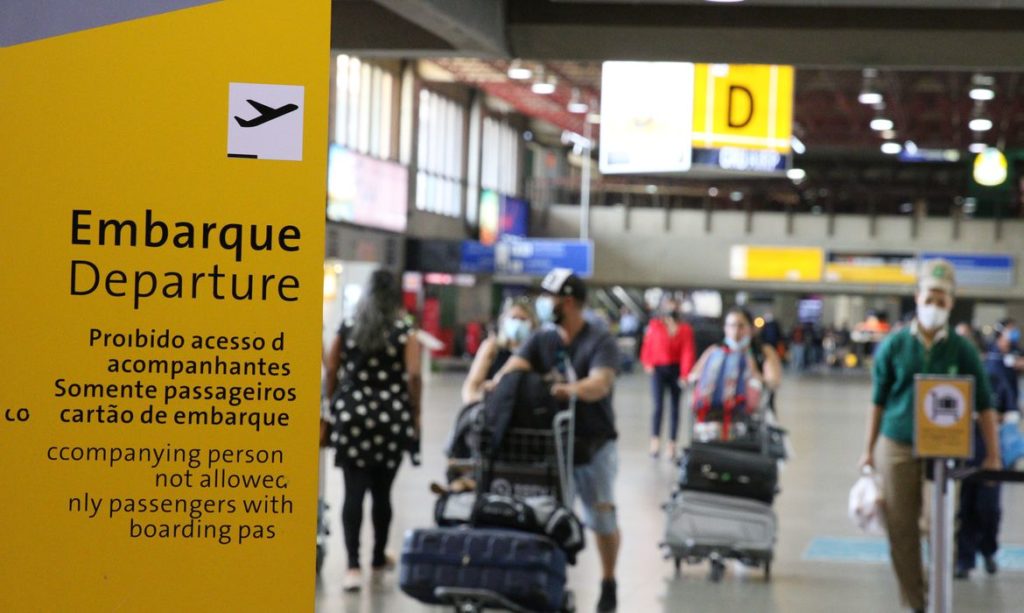Brasília – Brazil’s National Health Surveillance Agency (ANVISA) approved the return of the mandatory use of face protection masks on airplanes and airports in Brazil. The measure aims to reduce the risk of COVID-19 contamination, given the significant increase in cases of the disease in recent weeks. The resolution, approved by the body’s board of directors, will come into force next Friday (25).
To support the decision, ANVISA held a meeting with experts on the epidemiological scenario of the disease in Brazil. Representatives of the Brazilian Infectology Society (SBI), National Council of State Health Secretariats (CONASS), National Council of Municipal Health Secretariats (CONASEMS), Oswaldo Cruz Foundation (FIOCRUZ), and Brazilian Association of Collective Health (ABRASCO), in addition to epidemiologists Carla Domingues and Wanderson Oliveira, participated. “The participants of the meeting stressed the epidemiological data demand the return of non-pharmacological protection measures, such as the use of masks, mainly in public transport, airports and closed/confined spaces,” explained ANVISA in a release.
ANVISA added that masks were recommended since last August, mainly for people with symptoms and the most vulnerable, such as immunocompromised people, pregnant women, and the elderly. In addition to current epidemiological data, the seasonal characteristics of the pandemic were also taken into account by ANVISA. “In recent years, an increase in the virus spread has been observed in Brazil from November to January, a situation the expected greater flow of travelers could further aggravate through airports for school holidays, Christmas, and new year’s eve,” justified the agency.
From November 25, the use of face masks will be mandatory inside terminals, means of transport, and other places in airport areas. The instruction establishes which types of masks are not accepted, including those made of acrylic or plastic. According to the resolution, they must be adjusted to the face, covering the nose, chin, and mouth, minimizing spaces allowing the entry or exit of air and respiratory droplets.
Translated by Elúsio Brasileiro




